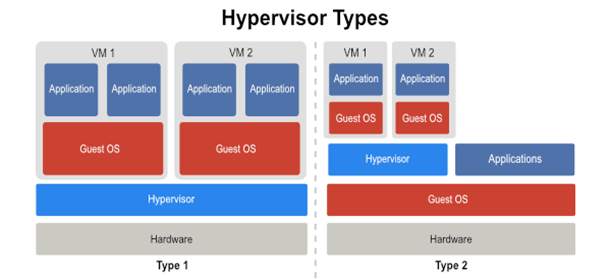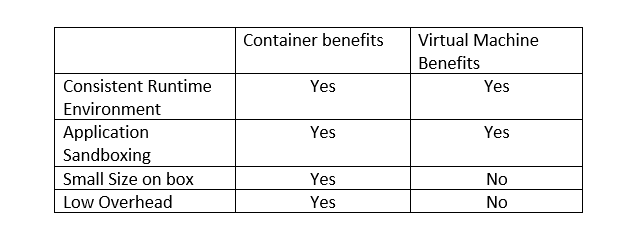Virtualization vs Containerization
Author
Introduction: Virtualization helps to manage workloads by transforming traditional computing method and make it more scalable. Containerization is a lightweight alternative of virtualization, it involves encapsulating of an application in a container with its own operating system. The application can be run on any physical memory without caring about dependencies.
Key Difference b/w virtualization and Containerization:
Virtualization- It is a process of creating a virtual version of a physical object. In terms of computing hardware virtualization is the process of creating virtual instances of real hardware. We can run a complete operating system on virtual hardware.
Hypervisor- It is a software application that manages and monitors running virtual machine, also called a virtual machine monitor (VMM).
There are two main types of VMM, that is, native hypervisor and hosted hypervisor.
- Native hypervisor runs on the host machine and shares out resources between guest machines.
- Hosted hypervisor runs an application inside an operating system and supports each application run on an individual process.
Containerization – It is a logical packaging mechanism in which applications can be abstracted from the environment in which they run. This decoupling allows container-based technology to be deployed consistently and securely without caring about the target environment whether it is a private data center, public cloud or developer’s personal system.
Containerization provides a clean separation of application, as developers focus on application logic without caring about management and dependencies of version whereas the IT operation team mainly focuses on deployment and management without thinking about application details such as software version, configuration, etc.
Why We Prefer Container?
Instead of virtualizing the hardware stack with a virtual machine approach, we go for containers, virtualize the system at the operating system level with multiple containers.
Container provides –
- Consistent Environment
- Run Anywhere
- Isolation
Pranshu Goyal, Director of Products at Mirekta, states: “We envision DSM to be used by every small to a medium-sized organization dealing with bad data and want to get rid of duplicates easily with no cost. We have faced issues dealing with duplicates in our organization. That inspired us to make a solution that is not only simple to use but can be used widely to make the organization’s data clean to make them more efficient and productive. We want DSM to be a solution for every organization looking for duplicate management capability better than the Salesforce out-of-the-box solution with no additional cost.”
Recent Posts
-
Salesforce 2025 Game-Changing Trends You Need to Know28 Jan 2025 Blog
-
Agentforce 2.0: Everything You Need to Know About the Latest Update22 Jan 2025 Blog
-
The Ultimate Guide to NetSuite Development: Tools and Techniques10 Jan 2025 Blog
-
How Salesforce Nonprofit Cloud Transforms Fundraising Strategies10 Jan 2025 Blog
-
The Impact of Salesforce Development Partners on Small and Medium Businesses08 Jan 2025 Blog
-
Key Questions to Ask When Hiring a NetSuite Development Partner08 Jan 2025 Blog
-
Salesforce Agentforce Demystified: Your Essential Guide08 Jan 2025 Blog
-
Salesforce and NetSuite Integration: Driving Business Efficiency with Precision06 Jan 2025 Blog
-
Everest Group has positioned Mirketa as an Aspirant in the report24 Dec 2024 Press Release
-
Salesforce Einstein20 Dec 2024 E-Book
Categories
Featured by








Office Locations

11501 Dublin Blvd STE 200, Dublin, CA 94568, USA

B-4/5 First Floor, Sector- 63, Noida 201301, India













